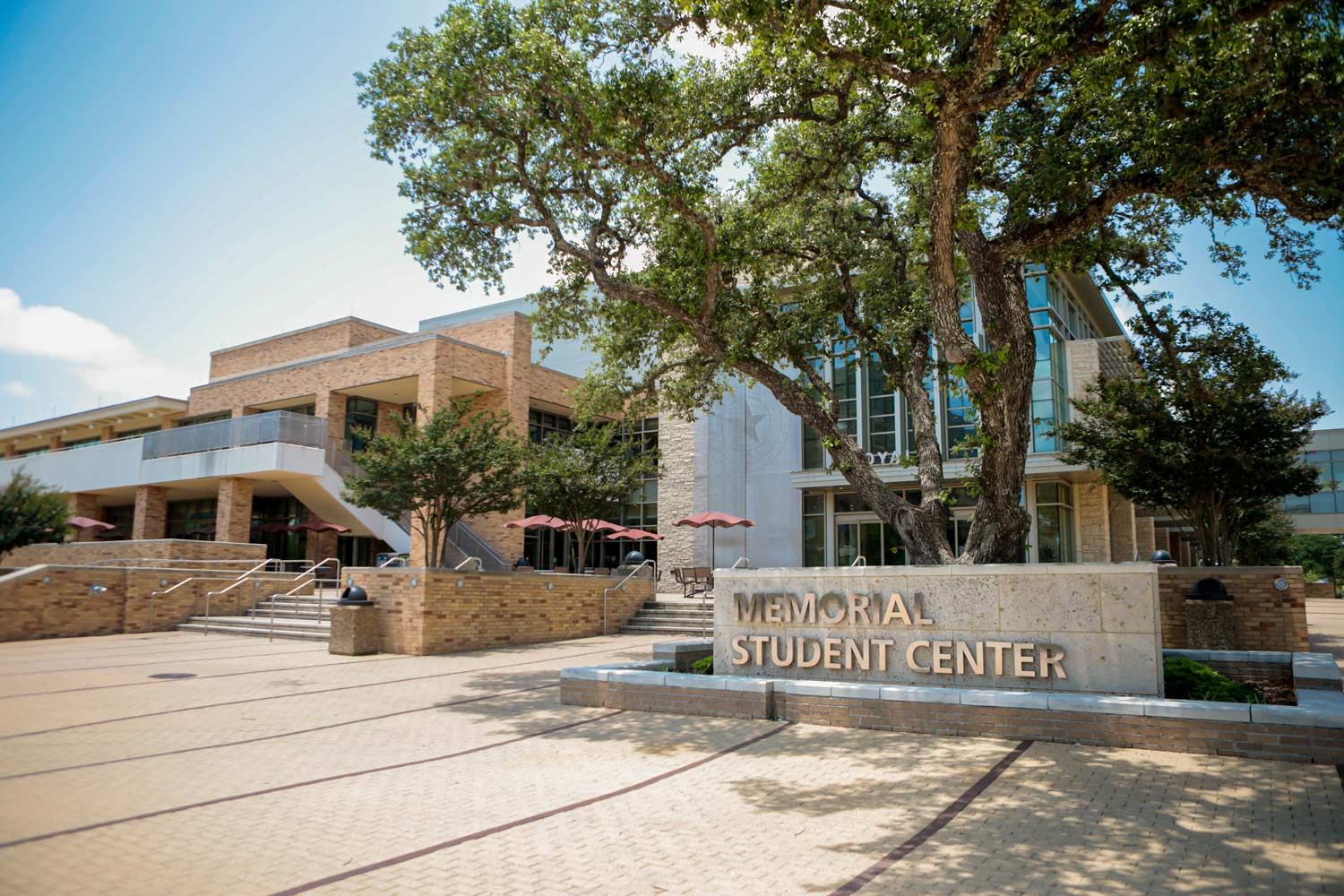Bonfire Memorial
The Bonfire Memorial embodies many layers of meaning associated with the Aggie Spirit — a deep sense of belonging, a strong spirit of teamwork and leadership, and an enduring sense of tradition that unites thousands.

History of Bonfire
From its inception as a scrap heap in 1907 to the more familiar stack of vertical logs, the Fightin' Texas Aggie Bonfire symbolized every Aggie's "burning desire" to beat The University of Texas in football. Attracting between 30,000 and 70,000 people each year to watch it burn, Bonfire became a symbol of the deep and unique camaraderie that is the Aggie Spirit.
Bonfire burned each year through 1998, with the exception of 1963. That year it was built but torn down in tribute to President John F. Kennedy who was assassinated on Nov. 22, 1963.
The second time in Texas A&M's history that Bonfire did not burn was almost exactly 92 years after the first Bonfire due to its collapse on Nov. 18, 1999, at 2:42 a.m. The collapse claimed the lives of 12 Aggies and injured 27 others.
Five years later, the Bonfire Memorial was dedicated on the exact location of the fallen 1999 Bonfire.
Tours
MSC Hospitality offers on-site tours of the Bonfire Memorial. During a tour, you will learn about the tradition of Bonfire, the events leading up to the 1999 Bonfire collapse, and the events in the aftermath.
Request a Bonfire Memorial tourThe Memorial
The Bonfire Memorial celebrates the tradition, history and camaraderie of Texas A&M and the dedication of those involved in the tragic 1999 collapse. Uniting Aggies past, present and future, the memorial is comprised of three design elements.

Tradition Plaza
The Tradition Plaza marks the entrance to the memorial and reflects on the activities that bring Aggies together. Spirit Wall separates the outer world from the intimate experience of the memorial, while the Last Corps Trip Wall displays the poem traditionally read prior to the lighting of Bonfire each year.

History Walk
The History Walk portrays the 90 years of Bonfire preceding the 1999 collapse. The granite timeline is comprised of 89 granite stones arranged in a north-south line and begins with 1909, the first year Bonfire was built on campus. The amber light and notch in each stone recall the glow of Bonfire burning each November. A break in the timeline in 1963 marks the year President John F. Kennedy was assassinated and the only year that Bonfire did not burn. Three previous Bonfire-related deaths are remembered on the timeline in the years they occurred.

Spirit Ring
The Spirit Ring surrounds the site of the 1999 Bonfire and represents the Aggie Spirit that unites individuals into something greater than themselves. Each bronze element symbolizes an Aggie, and the ring itself represents the common bond connecting each one to the Aggie Spirit. From different backgrounds, communities and beliefs, these students converged on this field, along with many of their fellow Aggies to celebrate the Aggie Spirit. Twenty-seven stones with bronze inlays representing the injured students connect these portals to complete the circle, recalling the Aggie Ring and the ring of Aggies who reunited to celebrate the Bonfire tradition year after year.

Portals
The 12 portals are oriented toward the hometowns of those who perished in the collapse. Each gateway contains an engraved portrait, signature and written reflection honoring a fallen Aggie. Stepping into one of the oversized gateways on the circle, the visitor symbolically fills the void left by one of the 12 Aggies, embodying the spirit of the 12th Man.
More Texas A&M Traditions
Explore more of the traditions that unite our current and former students, build camaraderie and foster the Aggie Spirit.
Learn about Texas A&M University's Silver Taps, a tribute held for any graduate or undergraduate student who passed away during the year.
Read about the Memorial Student Center, which serves as a gathering place for current students while honoring Aggies who paid the ultimate sacrifice for freedom.

